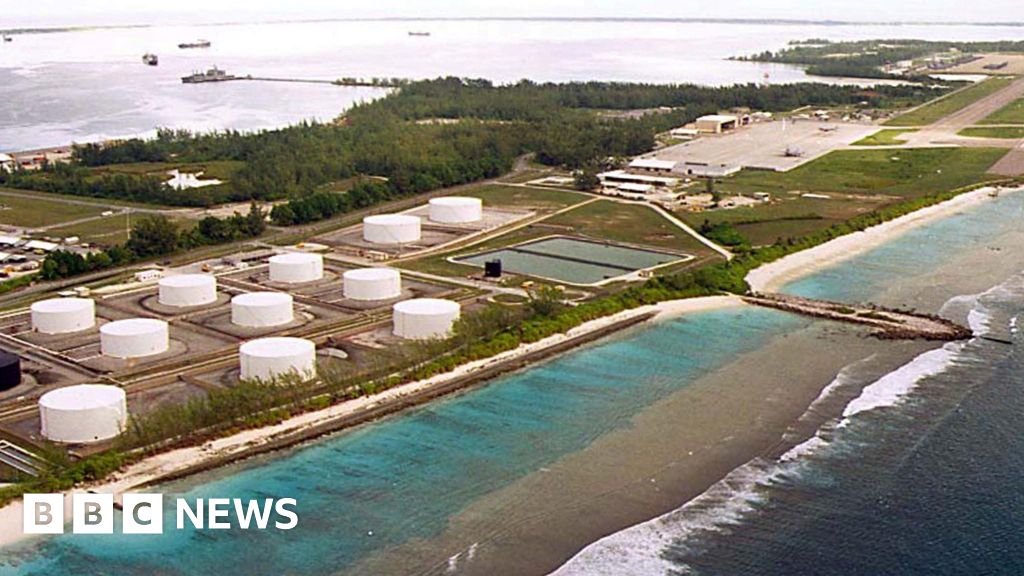Researchers from Kyoto University have achieved a significant advancement in materials science by developing the world’s first three-dimensional van der Waals open frameworks (WaaFs). This innovation challenges the conventional belief that van der Waals interactions are too weak for open framework materials, demonstrating their potential for stable and highly porous materials.
Published in Nature Chemistry, the study presents a strategy using octahedral metal-organic polyhedra (MOPs) as building blocks to construct WaaFs. These frameworks exhibit high thermal stability, exceptional porosity, and reversible assembly, opening new avenues for applications in gas storage, separation, and catalysis.
WaaFs utilize van der Waals interactions, which were previously considered too weak, to form robust three-dimensional frameworks. These structures maintain their integrity at temperatures up to 593 K and achieve surface areas exceeding 2,000 m2/g, making them highly stable and efficient for various industrial applications.
Moreover, WaaFs can be disassembled and reassembled in solution, allowing for scalable production and recyclability, a feature that enhances their practicality. Given their tunable porosity and chemical stability, WaaFs hold significant promise for gas storage, carbon capture, water harvesting, and catalytic applications.
Professor Shuhei Furukawa of Kyoto University’s Institute for Integrated Cell-Material Sciences (iCeMS) emphasized the broader impact of this breakthrough, stating, “Our research challenges the long-standing assumption that van der Waals forces are too weak to construct stable frameworks. Through careful supramolecular design, we have demonstrated that these interactions can be harnessed to create robust and highly porous materials with practical applications.”
Mr. Shun Tokuda, lead researcher of the study, added, “This discovery redefines the design principles of porous materials, showcasing a new approach to material engineering that enables both scalability and recyclability. WaaFs offer an innovative solution for gas separation, storage, and beyond.”
More information:
Three-dimensional van der Waals open frameworks, Nature Chemistry (2025). DOI: 10.1038/s41557-025-01777-0
Citation:
3D van der Waals open frameworks signal a new era in porous materials (2025, March 18)
retrieved 18 March 2025
from
This document is subject to copyright. Apart from any fair dealing for the purpose of private study or research, no
part may be reproduced without the written permission. The content is provided for information purposes only.



















